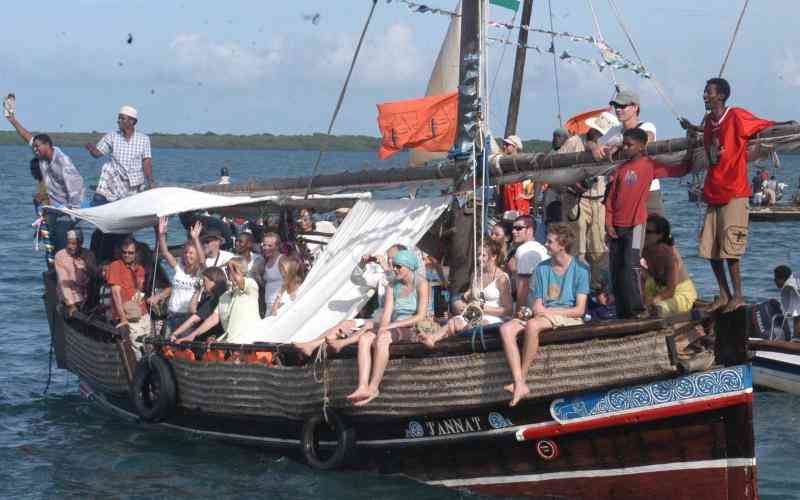Dredging serves numerous applications across various sectors. In the construction industry, dredging creates foundations for docks, bridges, and other infrastructures. Navigational projects take advantage of shipping channels to provide a safe passage for commercial vessels.
Environmental restoration projects also rely heavily on dredging to remove polluted sediments and restore natural habitats. Recreational areas, such as lakes and rivers, benefit from dredging to improve water quality and restore aesthetic appeal. The mining sector uses dredging to access mineral-rich deposits located underwater, facilitating resource extraction.
These diverse applications of dredging demonstrate the versatility of dredging technologies and their indispensable role in both maintaining and protecting our environment. Recognize the value of dredging operations and their widespread impact across various fields.
Conducting dredging operations without careful consideration of their environmental impact can lead to long-term consequences. Disturbing sediments can resuspend harmful pollutants, affecting water quality and damaging aquatic ecosystems. Look into best practices and strict regulations that govern dredging activities for minimal disruption to the ecosystem.
Environmental assessments are mandatory before commencing dredging projects to evaluate the potential risks involved. Operators must adapt their equipment and methods to minimize ecological disturbances. Implementing silt curtains can contain sediment while dredging, protecting the surrounding areas. Select the right dredging method based on the location’s specific conditions to reduce the ecological footprint and sustain marine biodiversity.
Modern dredgers incorporate technology innovations and reshape dredging operations for higher levels of safety for us and our environment. GPS-based navigation systems enable operators to follow precise paths and optimize dredging patterns. This accuracy helps reduce the time and energy spent on each project and complies with project specifications.
Advanced monitoring systems provide real-time feedback on performance metrics and allow operators to make informed decisions throughout the process. Innovations also include automation and remote operation capabilities: they increase safety by reducing the number of personnel needed on-site during complex tasks. Hybrid power systems are emerging technologies for sustainable dredging practices. Because of highly regulated industries, there’s a higher environmental scrutiny, and the right dredging equipment can stay on top of it.
Dredging operations hold significant economic implications. Aside from favoring shipping routes and harbor expansions, they also facilitate the extraction of valuable resources such as sand, gravel, and minerals. These activities drive local economies by creating jobs along the supply chain, from excavation to processing and delivery.
Dredging directly supports thousands of jobs worldwide and contributes billions to the global economy. Maintaining navigable waterways encourages trade, tourism, and regional development. The continual investment in dredging technology and infrastructure will be sure to sustain the economic impact.
Those involved in dredging projects must remain informed about equipment advancements and operational best practices to maximize efficiency and minimize environmental impact. Through careful planning and execution, dredging can facilitate vital infrastructure improvements and, best of all, support economic growth.










